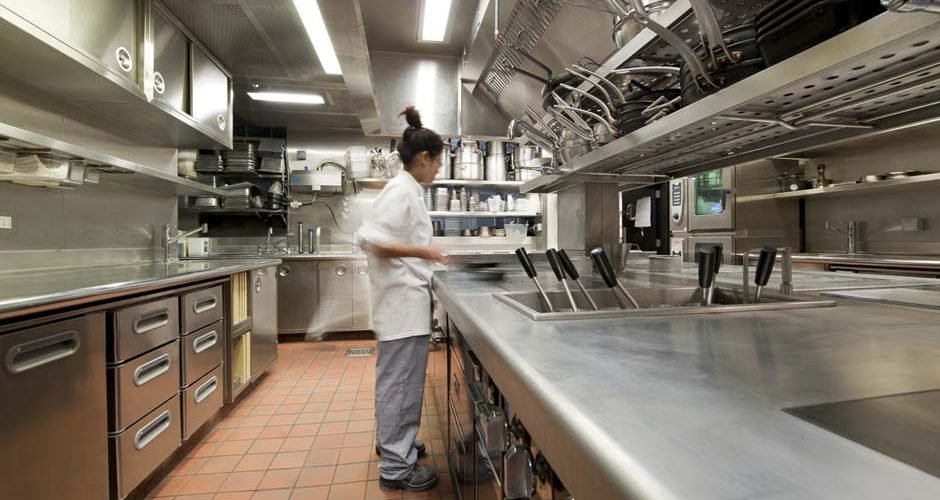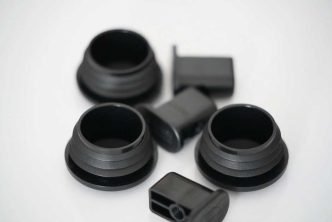Starting a new venture in the food industry can be an exciting and rewarding endeavour. With unfulfilled dreams, you start up a new commercial kitchen with the objective of achieving your dreams. However, although the roadmap to achieving your goals might look straightforward, the practical life brings quite challenges for you.
Setting up a new commercial kitchen comes with its own fair share of challenges. These challenges can be tricky, but what sets you apart from other entrepreneurs is the way you face these challenges. A successful entrepreneur does not panic and always finds solutions irrespective of the problems in their workplace.
From planning the layout to sourcing equipment and managing regulations, aspiring kitchen owners must overcome several hurdles. This article will explore some of the most common challenges kitchen owners face when setting up a new commercial kitchen and provide insights on how to tackle them effectively.
Table of Contents
Key challenges
1) Designing an efficient layout
Designing and choosing your commercial kitchen layout is an integral part and should be given proper thought. You would be required to select an efficient structure for your kitchen, which includes designing it to optimize workflow and maximize space utilization. It is important to consider various factors such as the menu, equipment placement, safety regulations, and accessibility. Improper workplace design can contribute to additional unwanted problems for your kitchen, so try to put as much attention and thought into it as you can.
To tackle this challenge, start by envisioning the flow of food preparation and service. Plan the kitchen space based on logical progression, placing workstations and equipment in a manner that minimizes unnecessary movement. Consult with kitchen design professionals to ensure compliance with safety codes and regulations. Utilize flowcharts or 3D modelling software to visualize the layout before implementation.
2) Choosing the right equipment
After selecting the proper workplace design for your kitchen, you have to choose the appropriate equipment for your kitchen. However, this varies on the type of kitchen you own. A bakery kitchen would require entirely different kitchen utensils than a commercial restaurant kitchen. Therefore, selecting the right equipment is critical for any kitchen owner. It involves navigating various options while considering functionality, durability, and budget constraints.
Research thoroughly about what types of kitchen equipment your commercial kitchen would need. Look upon equipment suppliers, compare the prices of products, check for warranties, and remember to read customer reviews. Identify the essential appliances required for your specific menu and prioritize those purchases. Seek recommendations from experienced chefs or industry professionals to ensure you invest in reliable and efficient equipment.
3) Managing budget constraints
Budget is the most critical element to consider when setting up a new commercial kitchen. A reasonable budget would mean that you can invest more in your new startup. However, handling and managing the budget for setting up a commercial kitchen can take time and effort. With careful planning and intelligent decision-making, working within your financial limitations is possible.
To tackle this challenge, start by creating a detailed budget that encompasses all aspects of setting up the kitchen, including equipment, renovation, permits, and supplies. Identify areas where you can make cost-effective choices, such as opting for refurbished or leased equipment. Explore partnerships or sponsorship opportunities with suppliers or local businesses to secure discounts or support. Prioritize essential equipment purchases and consider scaling up gradually as your business grows.
4) Hiring and training the right staff
You are responsible for choosing a qualified and skilled working staff for your kitchen. Building a skilled and reliable team is essential for the smooth operation of your commercial kitchen. You have to hire qualified staff to deliver up to the quality standards. Trust me; it would make the job a lot easier for you! However, attracting and retaining talented individuals can be a challenge.
To overcome this hurdle, clearly define job roles and responsibilities and create compelling job descriptions to attract qualified candidates. Implement a rigorous interview and selection process to assess skills, experience, and cultural fit.
But it does not finish only hiring the right staff for your kitchen; you have to ensure your workers are adequately trained before starting their work. You can develop an effective training program that covers different pieces of training that could educate the employees on how to keep their standards high regarding food. You can try providing your employees with multiple e-learning food training courses such as food safety training, food hygiene training, and food allergen training; that can be an excellent way to educate your employees on how they can handle food and take care of the requirement when it comes to food production and handling.
5) Adhering to health and safety regulations
The law will follow you around everywhere you go. It is one thing you can’t ignore and will always have to abide by, no matter the circumstances.
Maintaining compliance with health and safety regulations is paramount in the food industry. Failure to do so can lead to severe and unwanted consequences and jeopardize the success of your kitchen.
To tackle this challenge, familiarize yourself with the relevant local, state, and federal regulations. Consult with health department officials or regulatory bodies to understand the specific requirements for your establishment. Develop comprehensive protocols for food handling, storage, and cleanliness. Train your staff on proper hygiene, temperature control, and allergen management. Implement regular inspections and maintenance routines to ensure ongoing compliance.
6) Kitchen hazards
By adhering to a commercial kitchen’s health and safety regulations, you, as an employer and kitchen owner, are responsible for taking proactive steps to provide your workers with a safe and healthy work environment. Therefore, you should conduct a risk assessment in your workplace for that. Conducting a risk assessment would allow you to identify the potential hazards in your workplace that might put the safety of your workers at risk. These potential hazards include; falls due to slips and trips, fire accidents, collisions, injuries due to work equipment, and electrical hazards.
Conducting a risk assessment would allow you to assess your workplace and evaluate suitable and efficient control measures to reduce hazards. Some of these appropriate control measures may include:
- Fire safety: Your employees should be aware of all the fire safety procedures and the dos and don’ts of fire safety in the workplace. Implementing fire safety policies and the provision of fire extinguishers in the workplace can be an effective measure to fight fire accidents.
- PPE: Provision of appropriate personal protective equipment is a must. As an employer, you are responsible for providing your employees with the proper safety equipment to ensure their well-being. This might include safety equipment such as glasses, gloves, insulating pans, proper clothing, etc.
- Training: Providing training can be the key solution to most of your problems. Appropriate training helps trainees equip sufficient knowledge on how to perform their daily tasks while ensuring their well-being. Training is not only limited to food but also plays a vital role in ensuring safety at your workplace. As an employer, you should provide your employees with training like slips, trips, falls training, fire safety training, PPE training, and electrical training.
- Electrical safety: The use of electrical equipment in a commercial kitchen is no secret. However, this can lead to electrical hazards in your workplace if the equipment isn’t properly inspected and maintained from faults and defects. Employers should appoint designated competent personnel responsible for electrical safety in the workplace. Checking your electrical equipment regularly and ensuring they are safe to use must be your top priority.
Conclusion
In conclusion, navigating the challenges of setting up a new commercial kitchen requires proactive decision-making, careful planning, and effective execution. Designing an efficient layout, choosing the right equipment, managing budget constraints, adhering to health and safety regulations, hiring and training the right staff, establishing supplier relationships, preventing slips and trip hazards, and maintaining a clean and tidy kitchen are all crucial aspects to consider. By actively addressing these challenges, aspiring kitchen owners can create a solid foundation for their culinary venture. They can optimize workflow, ensure the availability of reliable equipment, work within budget limitations, prioritize safety and compliance, build a skilled team, establish trustworthy supplier partnerships, minimize accidents from slips and trips, and maintain impeccable cleanliness.
Remember, navigating these challenges is not a one-time task but an ongoing process. As the food industry evolves and regulations change, staying informed, adapting to new requirements, and continuously evaluating and improving kitchen operations are essential.
With dedication, resilience, and a focus on excellence, aspiring kitchen owners can confidently embark on setting up a new commercial kitchen, turning their culinary dreams into a reality.





